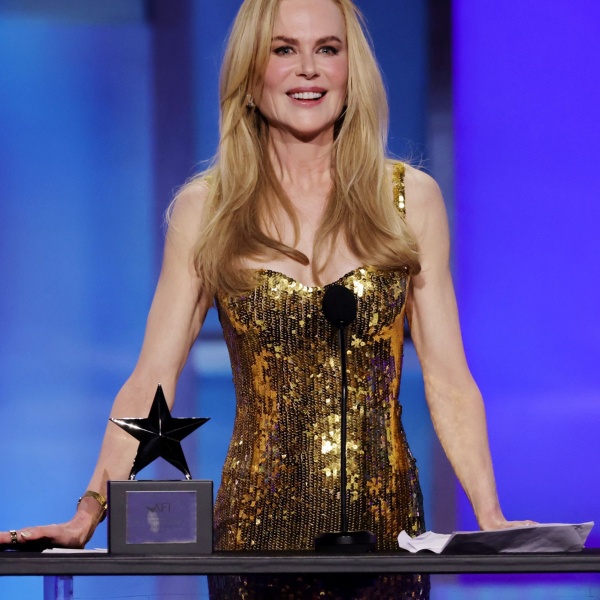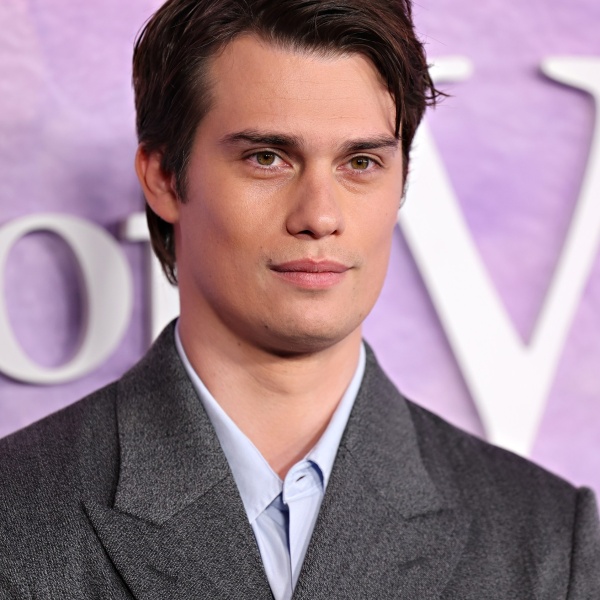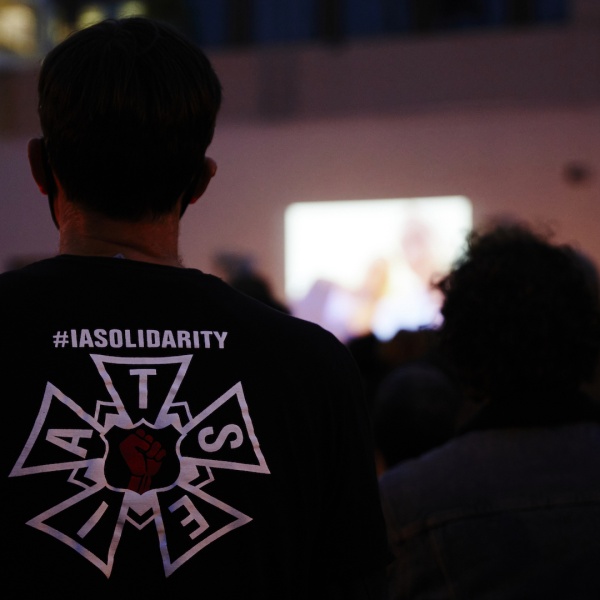Uh-oh. It’s time to be that guy again.
“Barbie” has just become, based on dollar totals amassed from domestic theaters, the highest-grossing film in Warner Bros. history. It’s a phenomenal achievement, and one especially notable because, unlike a lot of other claims about the impact and scope of Greta Gerwig’s huge hit, it can be stated without qualifying it by gender.
And that makes it tougher than normal to make the very important point that this recently announced record is a) not based on actual audience attendance or b) any consideration for figuring out what vastly different dollar values mean (i.e. the enduring adjusted vs. unadjusted grosses debate). But it still needs to be made.
Before that, let’s focus on the positive. Through August 15, less than four full weeks into its run, the U.S./Canada gross for Gerwig’s film has reached $537 million. That edges it above Christopher Nolan’s “The Dark Knight” which, in 2008 (when tickets cost a third less than today, was ballyhooed as Warners’ unadjusted best.

Now, we are at the point where a projection of the ultimate “Barbie” take can be realistically made. Assuming it continues modest drops of around 35 percent in upcoming weeks (with weekdays declining as summer ebbs), the best guess is it should reach a domestic total of $675 million, +/- $25 million. Based on foreign results thus far, that suggests a worldwide haul of $1.53 billion, +/- $50 million.
A $675 million domestic haul would place it fourth among hits since 2020, after “Spider-Man: No Way Home” ($814 million), “Avatar: The Way of Water” ($785 million), and “Top Gun: Maverick” ($719 million), with Tom Cruise’s sequel the only one it might still reasonably overtake.
One other factor ahead: when it transitions to other platforms. PVOD is expected first, though normally reliable sources say that no specific date has been set for the “Barbie” home release, but experience has shown that these $19.95 three-day rental platforms have only a minor impact on gross.
Still, it should supplant “The Super Mario Bros. Movie” as the top domestic grosser during next week ($574 million). “Super Mario” worldwide is at $1.355 billion, also best for the year. That will take a little longer to surpass, but it looks certain Gerwig’s film will accomplish it.

All of this is incredible for a relatively low-budget ($100 million before marketing) non-franchise comedy initially thought to be mostly of interest to female audiences, with a once-lingering question of its appeal internationally. However one comparatively ranks this with other films, in recent years, virtually none has been less guaranteed to succeed at this level.
Putting it in context of how high it actually will end up among all-time hits actually reinforces just how big it is. And ironically, part of these comparisons include two major filmmakers currently central in cinephile chitchat — William Friedkin and Christopher Nolan.
Despite news to the contrary, WB’s biggest hit ever remains Friedkin’s “The Exorcist.” Calculated at today’s ticket prices, it grossed over $1 billion, and is listed as #9 biggest domestic film. Its domestic attendance is estimated 110 million tickets. “Barbie,” at $685 million, would sell somewhat more than half as many (perhaps 65 million). As always, there are a lot of apples and oranges comparisons here, including different levels of alternative platforms, but it’s also key to note that the available population during “The Exorcist” release was a third less than it is today.
Friedkin died last week, with “The Exorcist,” of course, front and center in the discussion over his work. One of the problems in ignoring reality when conveying unadjusted grosses is that it plays a significant role in diminishing the relevance and importance of older films. Friedkin’s film deserves the distinction as the biggest hit in WB history, and by some distance (“The Dark Knight” adjusted is #2 at $681 million).
Nolan, of course, is the other filmmaker somewhat diminished by this claim. “Barbie” has a strong chance of reaching that “Dark Knight” adjusted number, but as of now, both it and two other past titles (“Blazing Saddles” and the 1989 “Batman”) have higher adjusted totals than “Barbie.”
Nolan’s latest, “Oppenheimer,” should have a very long window, and as the weeks go on, the continued push to see it on premium screens will likely give it a higher ratio to “Barbie” than the current 50 percent share. It looks headed to as high as $400 million domestic, with a range of perhaps $375 million-$450 million. With it better than “Barbie” comparable foreign gross, it has a shot at $1 billion worldwide.

Among Nolan’s domestic adjusted grosses, that would make “Oppenheimer,” unexpectedly, his third biggest. It would put it close to “Saving Private Ryan” (adjusted $419 million) among R-rated, epic-sized, critically-acclaimed adult audience films. That’s elevated territory.
The success of both films is strong support for the idea that audiences will respond to smart, creative, original filmmaking. Both films will be hugely profitable, more perhaps than some other comparable grossing films. Claiming records and bests is a easy way to get publicity, and because it appeals to the unnuanced mind and fans of particular films, it gains currency.
The best gauge if comparisons need to be made is against recent films: hailing “Barbie” as the fourth biggest in the last three years (which makes it a huge success) is a more honest statement of its strength. Even more so, to be the legitimate biggest film among non-sequels is a huge deal, but that places it in a historical context that may not be as appealing to the current headlines.







